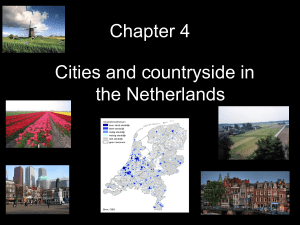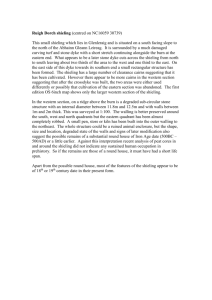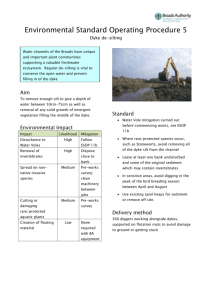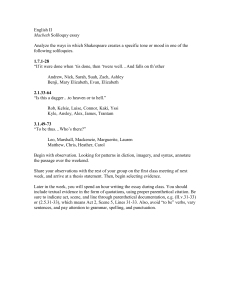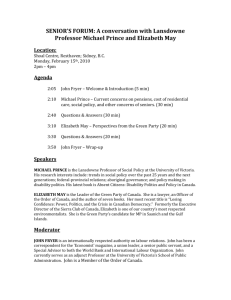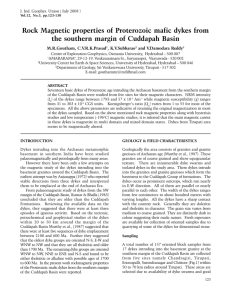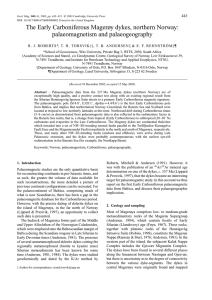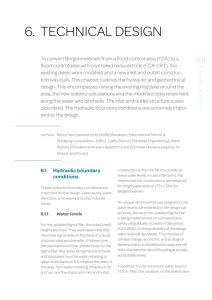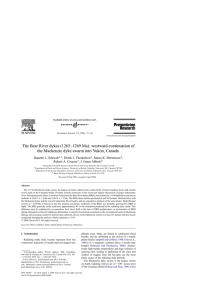Aid for Infrastructure Makes a Difference in Kenya
advertisement
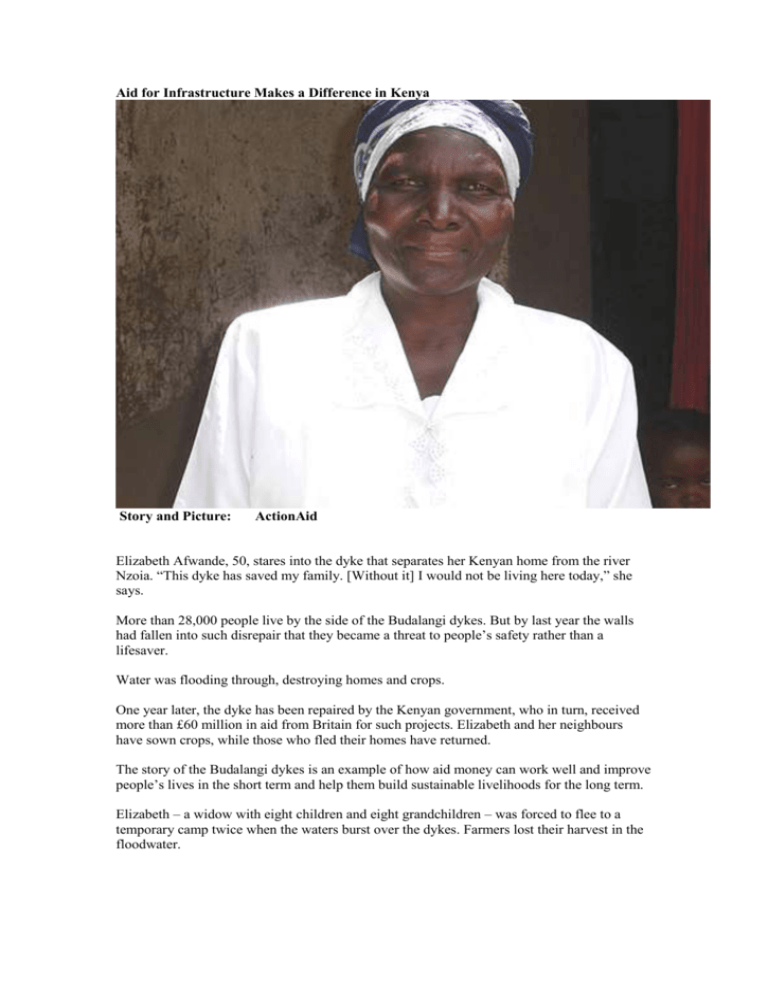
Aid for Infrastructure Makes a Difference in Kenya Story and Picture: ActionAid Elizabeth Afwande, 50, stares into the dyke that separates her Kenyan home from the river Nzoia. “This dyke has saved my family. [Without it] I would not be living here today,” she says. More than 28,000 people live by the side of the Budalangi dykes. But by last year the walls had fallen into such disrepair that they became a threat to people’s safety rather than a lifesaver. Water was flooding through, destroying homes and crops. One year later, the dyke has been repaired by the Kenyan government, who in turn, received more than £60 million in aid from Britain for such projects. Elizabeth and her neighbours have sown crops, while those who fled their homes have returned. The story of the Budalangi dykes is an example of how aid money can work well and improve people’s lives in the short term and help them build sustainable livelihoods for the long term. Elizabeth – a widow with eight children and eight grandchildren – was forced to flee to a temporary camp twice when the waters burst over the dykes. Farmers lost their harvest in the floodwater. Then last year, before Gleneagles, Elizabeth was among 15,000 villagers who signed a petition calling for the speedy repair of the 33 kilometre long dykes, saying they felt unsafe in their homes. Shortly afterwards, the Kenyan government responded by sending the National Youth Service to carry out an estimated £22,000 worth of repairs. It has pledged a further £250,000 for the maintenance of the dykes, which are more than 40 years old and needed regular repairs. Now farmers have doubled the amount of sorghum, rice, beans and cassava compared to last year, because they have more confidence in the dyke. Elizabeth is benefiting too, thanks to the mangoes she sells at a nearby market. “These mangoes are signs that things are beginning to improve,” she says. “I sell them to supplement my income – and sometimes my family just eat the fruits.”
